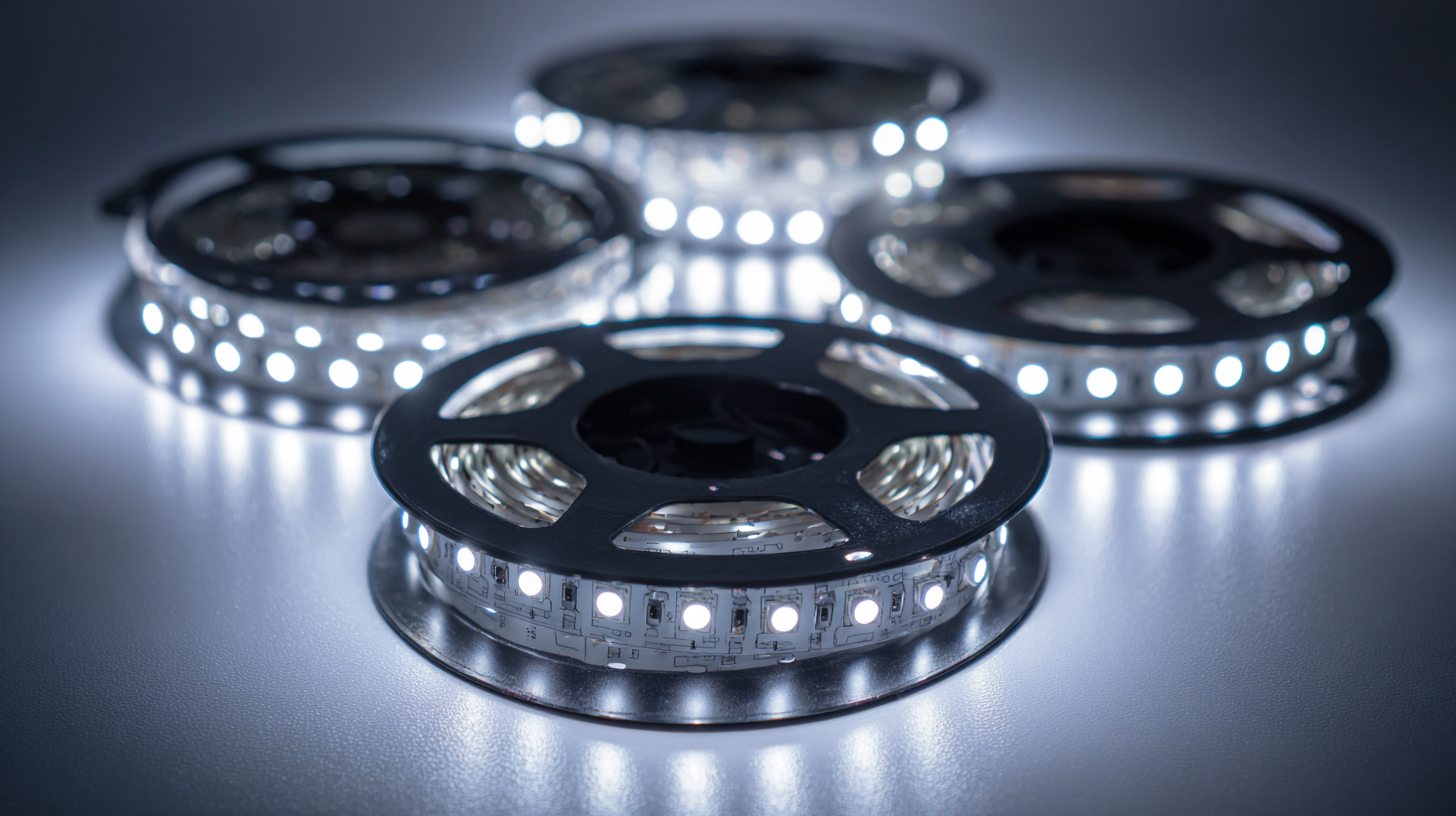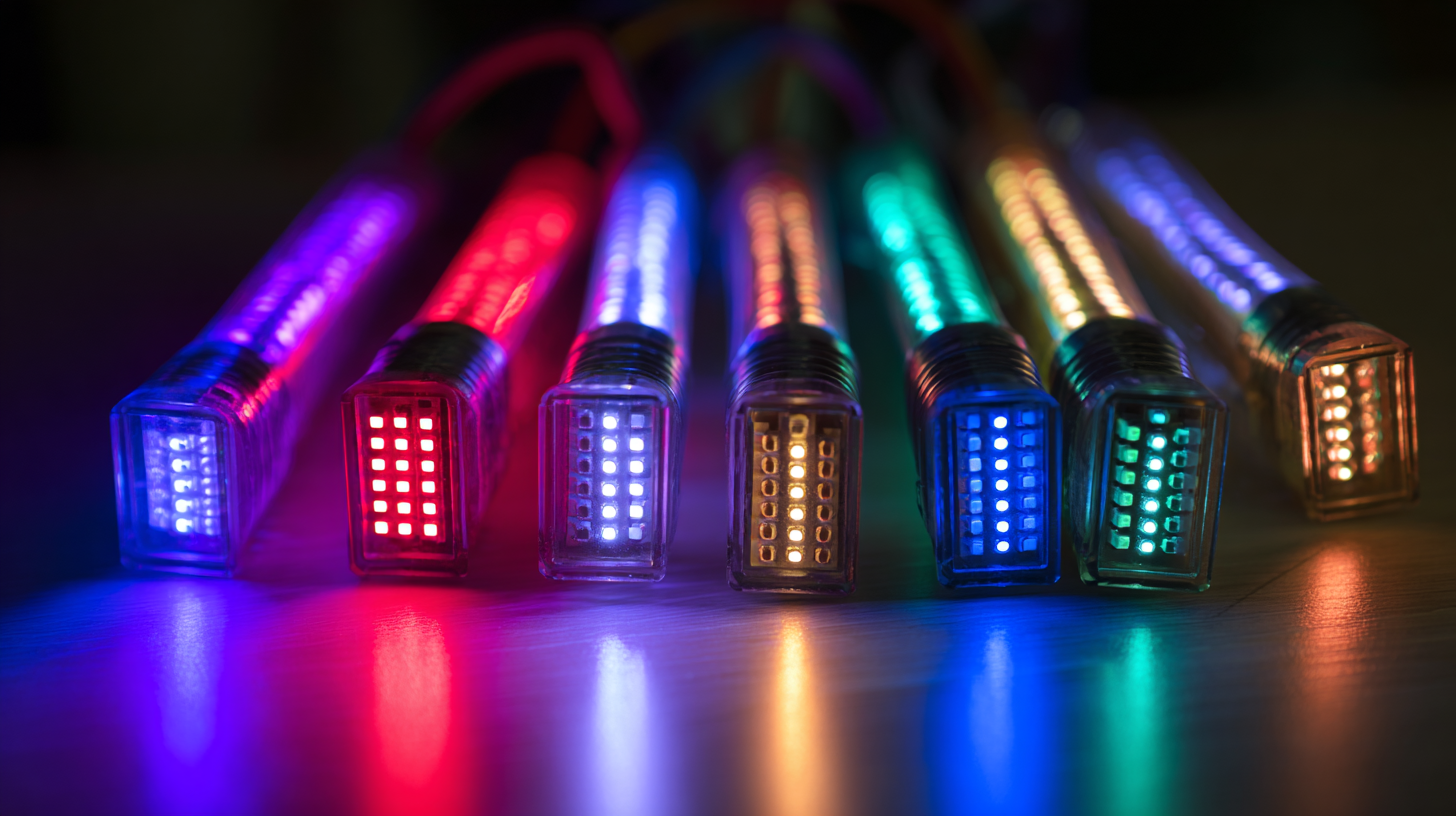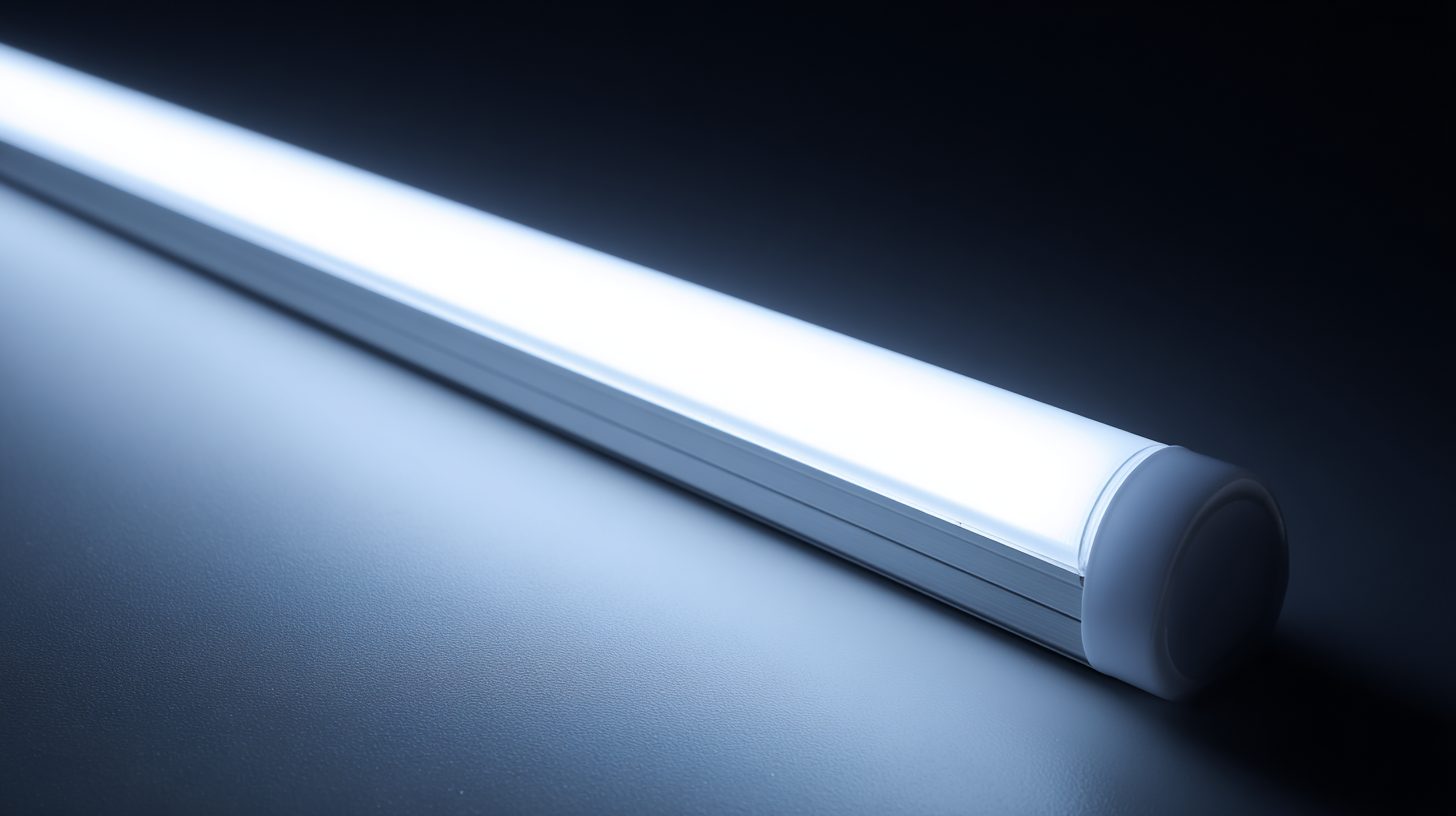In the rapidly evolving world of lighting technology, the selection of high-quality LED spare parts is crucial for the success of any lighting project. The global LED market is projected to reach a value of $100 billion by 2025, with increasing demand driven by energy efficiency and sustainability considerations. As the market expands, the need for reliable spare parts becomes paramount to ensure optimal performance and longevity of lighting systems. By sourcing components from world-class manufacturers, particularly in regions like China known for their excellence in manufacturing, professionals can achieve superior results. This blog will guide you through the essential factors to consider when choosing LED spare parts, helping you make informed decisions that enhance the efficiency and effectiveness of your lighting projects.

When it comes to lighting projects, understanding the various types of LED spare parts available is crucial for achieving optimal performance and longevity. The market is flooded with options, including LED drivers, heatsinks, lenses, and diffusers, each serving specific roles. For instance, LED drivers are essential as they regulate the voltage and current, preventing damage to the LEDs. A recent report by MarketsandMarkets indicates that the global LED driver market is projected to reach $4.11 billion by 2025, illustrating the increasing demand for reliable drivers in lighting applications.
Additionally, the choice of heatsinks plays a vital role in maintaining LED efficiency. With LEDs generating heat, effective heatsinking solutions are necessary to prolong their life; studies show that a well-designed heatsink can improve thermal dissipation by up to 30%. Moreover, optics, such as lenses and diffusers, help in controlling light distribution. According to a report by Grand View Research, the global LED optics market size is expected to reach $11.76 billion by 2025, reflecting the critical nature of selecting the right optical components to achieve desired lighting effects while maximizing energy efficiency. Understanding these components can significantly impact the success of your lighting projects.
| Type of LED Spare Part | Description | Applications | Energy Efficiency Rating |
|---|---|---|---|
| LED Light Bulbs | Replace traditional incandescent bulbs with energy-efficient LEDs. | Residential and commercial lighting. | A+ |
| LED Strips | Flexible circuit board with SMD LEDs, designed to provide ambient lighting. | Decorative lighting, under cabinets, and accent lighting. | A++ |
| LED Drivers | Regulates the power to LED lights and ensures optimal performance. | Used in all LED fixtures and systems. | A++ |
| LED Panels | Flat panel lights offering a modern alternative to traditional fixtures. | Offices, schools, and retail environments. | A+ |
| LED Floodlights | High-intensity lighting typically used for outdoor applications. | Security lighting, sporting events, and large area illumination. | A |
When selecting LED spare parts for lighting projects, cost efficiency should be a primary consideration. According to a report by the U.S. Department of Energy, LED lighting can lead to energy savings of up to 75% compared to traditional incandescent bulbs. This stark difference highlights the importance of investing in high-quality LED components that utilize energy more effectively, thereby reducing long-term operational costs.
Another crucial factor is the lifespan of LED spare parts. An industry study conducted by the National Lighting Bureau found that high-quality LED lights can last 25,000 to 50,000 hours, significantly outpacing other lighting technologies. Opting for durable parts not only minimizes replacement frequency but also contributes to overall cost savings. Furthermore, selecting components that boast an integrated thermal management system can enhance longevity and performance, ensuring that your project remains both economical and efficient in the long run.
When selecting LED spare parts for your lighting projects, understanding performance metrics is crucial to ensure optimal results. One of the primary metrics to consider is lumens, which quantify the amount of light emitted by a source. For any project, determining the right lumen output is essential for achieving the desired brightness without energy wastage. A higher lumen count often indicates a brighter light, but it’s important to balance this with the specific needs of your space, as over-illumination can lead to glare and discomfort.
In addition to lumens, color temperature plays a significant role in setting the mood and functionality of a lighting environment. Measured in Kelvin (K), lower color temperatures (around 2700K) provide a warm yellow light that’s perfect for cozy settings, while higher temperatures (5000K and above) yield a cool, blue light suited for task-oriented spaces. Understanding the implications of color temperature on atmosphere and productivity can help you tailor your lighting solutions to meet your project's specific requirements.
Lastly, efficiency cannot be overlooked. The efficacy of LED lighting, typically measured in lumens per watt (lm/W), indicates how much light is produced for each watt consumed. Higher efficiency means more light for less energy, leading to cost savings and a lower environmental impact. By critically analyzing these performance metrics—lumens, color temperature, and efficiency—you can confidently choose the best LED spare parts to elevate your lighting projects.

When selecting LED spare parts for your lighting projects, the importance of quality certifications cannot be overstated. In a global market flooded with numerous manufacturers, it is crucial to ensure that the components you choose meet industry standards for performance and safety. Certifications such as UL, CE, and RoHS not only indicate compliance with regulatory requirements but also assure users of the reliability and longevity of the products. These certifications act as a guideline for consumers, helping them make informed decisions while avoiding subpar components that can jeopardize the success of their projects.
Moreover, quality certifications serve as a benchmark for performance metrics, ensuring that LED parts deliver the intended brightness and efficiency. This is particularly vital in lighting projects where quality directly influences the ambiance and functionality of the spaces being illuminated. By choosing certified components, project managers can mitigate risks associated with electrical failures, flickering lights, and unforeseen maintenance costs. Ultimately, investing in certified LED spare parts not only enhances the quality of the lighting solution but also provides peace of mind, knowing that the chosen components adhere to established industry standards.
The future of LED technology is promising, with emerging trends that are set to revolutionize lighting solutions across various sectors. One major trend is the integration of smart technologies into LED lighting systems. As more devices become interconnected, LED lights will not only enhance energy efficiency but also allow users to control their lighting environments through smartphones and automation systems. This shift towards smart lighting will foster a significant increase in user customization, making spaces more adaptable and responsive to individual needs.

Moreover, advancements in LED materials and designs are expected to lead to the creation of thinner, more versatile lighting solutions. Flexible LED strips are becoming increasingly popular, allowing for creative applications in both residential and commercial settings. The incorporation of organic LEDs (OLEDs) promises even greater possibilities, as they offer improved luminosity and are available in various shapes, opening the door for innovative lighting designs that blend seamlessly with interiors. As these technologies continue to evolve, the potential for enhanced aesthetic appeal and functional efficiency in lighting solutions is immense, paving the way for a more illuminated and energy-conscious tomorrow.
